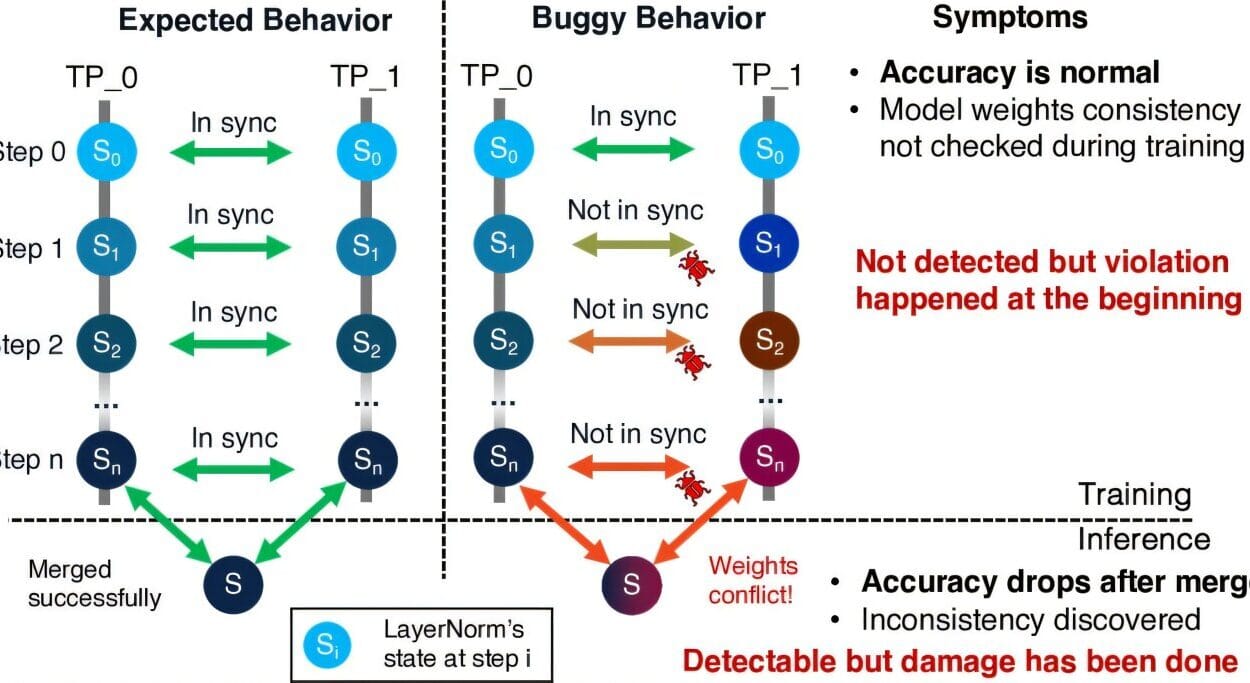There’s a peculiar spark of joy that flickers inside your brain when you finally solve a tricky level in a video game or figure out the answer to a riddle after hours of trial and error. It’s not quite the same as winning a race, climbing a mountain, or even receiving a compliment. It’s something quieter—but deeper. A surge of clarity, a moment of triumph born not from brute strength or luck, but from sheer cognitive elegance. It’s the “Aha!”—and your brain is wired to crave it.
Puzzles in games—be they digital or analog, simple or mind-bendingly complex—tap into something ancient and powerful. They stir the machinery of your neural pathways, teasing out patterns, prodding at logic, and rewarding persistence. But why does this feel so good? Why do so many of us lose hours of our lives shifting colored blocks, rearranging tiles, cracking codes, or navigating elaborate escape rooms, only to emerge breathless, sweaty, and oddly satisfied?
The answer lies at the intersection of neuroscience, psychology, evolution, and emotion. Your brain doesn’t just like puzzles. It lives for them.
Wired for Patterns: Evolution’s Hand in Our Love of Complexity
Long before the first crossword puzzle was inked into a newspaper or the first gamer tapped at a glowing screen, our ancestors were solving puzzles—only their puzzles were life and death.
Imagine a prehistoric forager, eyes scanning the forest floor. The mushrooms before her look familiar, but one is slightly different. She recalls stories of people falling sick from fungi with that very shade of orange. The ability to distinguish patterns, remember subtle differences, and apply logic isn’t a parlor trick—it’s a survival skill. Those who couldn’t make sense of the patterns around them—animal tracks, weather cues, edible plants—simply didn’t live long enough to pass on their genes.
So the human brain evolved not just as a processing unit, but as a pattern-hungry, curiosity-driven problem solver. Every solved puzzle, no matter how abstract or artificial today, echoes the ancestral challenge of cracking the code of nature. That pleasure you feel when finishing a Sudoku or untangling a game’s riddle is, in essence, your brain saying: “Yes. I’ve survived.”
Neuroscience backs this up. Functional MRI scans show that puzzle-solving lights up the prefrontal cortex—the region responsible for higher cognitive functions like planning, reasoning, and decision-making. It’s also linked to the brain’s reward center, particularly the nucleus accumbens and the release of dopamine, the chemical messenger behind pleasure and motivation. In short: solving a puzzle is like giving your brain a delightful snack of satisfaction.
The Flow State: Where Time Disappears
If you’ve ever found yourself so immersed in a puzzle game that you forget to eat lunch or even notice the sun setting outside your window, you’ve likely entered what psychologists call a “flow state.” This concept, made famous by Mihaly Csikszentmihalyi, describes a mental zone where challenge and skill are perfectly balanced. Time stretches, distractions fade, and your sense of self blurs into the task at hand.
Games are particularly adept at triggering flow because they’re designed to scale in difficulty, offering just enough complexity to remain stimulating but not so much that you become overwhelmed. A puzzle that’s too easy is boring. One that’s too hard is frustrating. But get it just right, and your brain locks in.
Flow is more than just fun—it’s deeply fulfilling. It taps into our desire for mastery, competence, and agency. In a world where many things feel out of our control, puzzles offer a safe space where cause and effect are fair and consistent. You know the rules. You can test ideas. You get immediate feedback. And when success comes, it feels earned.
This is why puzzle games like Portal, The Witness, Tetris, or even the deceptively simple Wordle can become so absorbing. They create environments where our cognitive tools shine and reward us for persistence, lateral thinking, and strategy. In doing so, they not only entertain—they affirm our capacity to learn and adapt.
The Dopamine Dance: Chemical Choreography of Discovery
To truly understand why your brain loves puzzles, we need to talk chemistry. Specifically, we need to talk about dopamine—the brain’s favorite chemical when it comes to rewards and motivation.
Contrary to popular belief, dopamine isn’t just released when you win or achieve something. It’s often most active in anticipation—when you’re on the brink of a solution, hovering between confusion and clarity. This means that the pleasure of solving a puzzle is often building long before you find the final piece.
Psychologists call this the “prediction error” mechanism. When your brain expects a certain outcome and gets something different—like an unexpected but clever puzzle twist—it releases a bigger hit of dopamine. Your brain says: “Wow, that was new. That was clever. Let’s remember how we did that.”
This chemical reward encourages exploration and learning. It makes you more likely to keep playing, to take on harder challenges, to go deeper into the game’s logic. It’s not so different from the thrill scientists feel when experiments yield surprising results or detectives get a sudden lead in a case. It’s curiosity, chemically supercharged.
Games exploit this brilliantly. Many puzzle games are built with levels or stages that increase in complexity, creating a feedback loop of challenge, effort, small reward, and rising difficulty. The result? A steady, satisfying release of dopamine that keeps players engaged and, in the best cases, intellectually fulfilled.
The Emotional Architecture of Problem Solving
Solving a puzzle isn’t just an intellectual act—it’s an emotional one.
Frustration, doubt, perseverance, triumph—these emotions swirl through every puzzle-solving experience. You wrestle with dead ends, curse at false assumptions, feel the sting of failure. But you also experience hope, renewal, and deep satisfaction when the answer emerges.
This emotional journey mirrors larger life experiences. A difficult puzzle is a microcosm of personal growth. It offers failure in small, manageable doses, teaching resilience without major consequences. It encourages experimentation, curiosity, and adaptability—traits that are valuable far beyond the screen or board.
Moreover, solving puzzles in games provides emotional closure. Life is often messy and open-ended. We rarely get to “complete” a challenge with a perfect resolution. But puzzles offer a tidy narrative arc. There’s a beginning, middle, and end—a problem, struggle, and solution. This emotional neatness, while artificial, is incredibly comforting.
It’s why puzzles can be therapeutic. In times of chaos, a clear challenge with a clear solution can feel like a lifeline. It’s something you can control. Something that makes sense. Something that, for once, lets you win.
Why Social Brains Love Shared Challenges
While many puzzles are solitary endeavors, humans are deeply social creatures. Our brains evolved in tribes, shaped by the need to collaborate, compete, and communicate. So it’s no surprise that social puzzle-solving—whether it’s teaming up in a co-op escape room, solving riddles over dinner, or collaborating in a complex game like Keep Talking and Nobody Explodes—feels even more rewarding.
When people solve puzzles together, their brains synchronize. Studies using hyperscanning (simultaneous brain imaging of multiple participants) show that collaborators often exhibit neural synchrony—literally tuning into each other’s mental states. This kind of shared cognitive effort strengthens bonds and improves empathy.
There’s also a powerful emotional element. Solving something together builds trust. It creates shared victories and memorable “We did it!” moments. These experiences linger, becoming the stories we tell and the friendships we cement.
Even competitive puzzle games, where players race against each other, can foster connection. The shared struggle, the mutual appreciation for cleverness, and the recognition of another’s skill all build social rapport. In fact, many long-lasting friendships begin in the quiet focus of shared problem-solving.
Puzzles as Playgrounds for the Mind
Games are often dismissed as trivial or juvenile, but this couldn’t be further from the truth. Puzzles in games are intellectual playgrounds—spaces where your brain can explore, stretch, and strengthen without real-world consequences. They allow you to take risks, make mistakes, and try again. In that sense, puzzles are profoundly educational.
Educators have long known this. Puzzle-based learning encourages critical thinking, pattern recognition, logical reasoning, and creativity. It’s why STEM education increasingly includes game-based learning. It’s not just that kids love games—it’s that games teach in ways lectures can’t.
But it’s not just children who benefit. Adults need puzzles too. In an age where information is endless but attention is fractured, puzzles offer focused engagement. They pull you into a single problem, demanding presence and deep thinking. They remind us what it feels like to concentrate, to wrestle with complexity, to overcome.
This is especially important in a world where many of our jobs, relationships, and environments have become fragmented by multitasking and constant notifications. Puzzles restore something ancient and essential: the joy of deep work.
The Cognitive Gym: How Puzzles Keep Brains Healthy
Beyond pleasure and learning, puzzles also serve as a form of cognitive maintenance. Like muscles, brains need regular workouts to stay sharp. Solving puzzles exercises working memory, spatial reasoning, attention, and problem-solving skills. Over time, this can help build cognitive reserve—a kind of mental buffer that may delay the onset of age-related decline.
Studies have shown that older adults who engage regularly in puzzle games perform better on memory and reasoning tasks. Brain imaging reveals increased connectivity between different brain regions in those who puzzle frequently. It’s not a miracle cure, but it’s a meaningful tool in the fight against mental atrophy.
Even more intriguing is the emotional resilience that puzzling fosters. People who engage in mentally challenging games tend to show lower levels of stress and anxiety. This could be due to the sense of agency and accomplishment puzzles provide—important psychological buffers in a world filled with uncertainty.
Puzzles as Mirrors of the Self
Perhaps the most poetic reason your brain loves puzzles is that they reflect you back at yourself.
In the quiet of a puzzle, you confront your assumptions. You recognize your patterns of thought—where you leap too quickly, where you hesitate, where you persist or give up. Each puzzle becomes a small mirror of your mind’s tendencies. Over time, you learn not just how to solve puzzles—but how you solve them. And that’s a deeply personal revelation.
Games that include puzzles are especially powerful in this regard because they layer narrative and atmosphere onto the logic. They make you feel things—curiosity, suspense, fear, wonder—even as you think. This blending of emotion and cognition deepens the impact, making the puzzle feel not like a problem to solve, but a part of your journey.
In this way, puzzles become more than games. They become metaphors. A locked door is not just a barrier—it’s a symbol. The moment of discovery is not just a win—it’s a transformation.
Conclusion: A Beautiful Brain at Play
The next time you’re immersed in a puzzle—whether you’re decoding a cipher in a video game, solving a murder mystery in a board game, or trying to escape a digital room—pause for a moment. Feel what’s happening in your body, your mind, your emotions. Notice the tension, the curiosity, the joy of figuring it out.
That’s not just play. That’s your brain doing what it was born to do.
Because at its core, your brain is a story-seeker, a pattern-finder, a meaning-maker. It loves puzzles not just for their solutions, but for the journey they require. For the detours, the “Aha!”s, the quiet clicks of understanding that feel like music in your mind.
Puzzles are not distractions from life. They are distilled experiences of it—structured problems that allow us to explore our deepest capacities for logic, resilience, and wonder. They remind us that we are thinkers, creators, explorers. And in a world filled with noise and chaos, the humble puzzle offers a rare, beautiful invitation:
Come, it says. Sit with the mystery. Think. Imagine. Try again.
And when you solve it—feel the joy of knowing that the universe, for just a moment, made perfect sense.






